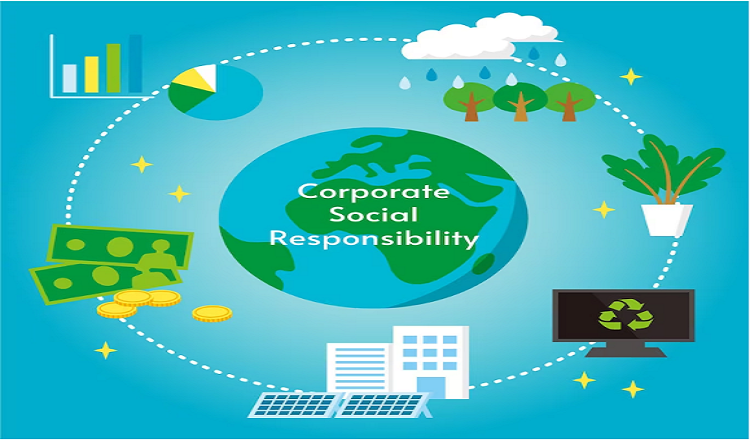In underdeveloped countries, education is the key to unlocking chances for long-term growth and less poverty. But many of these countries face many problems when it comes to giving their people access to good schooling. Some of these problems are bad infrastructure, not enough money, and not enough skilled teachers. This article looks at how education helps underdeveloped countries grow in a way that is sustainable, as well as the problems that need to be solved.
How important education is to long-term growth
Education is a basic human right and an important part of growing up and developing as a person. In poor countries, education is one of the most important ways to break the cycle of poverty because it gives people the information and skills they need to improve their economic and social well-being. Education also helps with social and political growth, promotes female equality, and lowers the death rate for children.
Changes in the economy
Education is a key way for impoverished countries to grow their economies. It gives people the skills and information they need to make money and keep the economy going. Also, educated people can find and take advantage of business chances and new ways to solve problems that already exist.
Changes in society and government
In underdeveloped countries, education is a key part of social and government growth. It helps people know their rights and responsibilities, hold their governments accountable, and take part in all aspects of public life. Also, people with more education are better able to deal with social and environmental problems and make changes for the better in their neighbourhoods.
Egalité des sexes
Education is a key way for underdeveloped countries to work towards female equality. Girls’ ability to go to school has a direct effect on their health, finances, and relationships. Girls who go to school are more likely to get married later, have fewer children, and have more economic power. This makes the genders more equal.
Rates of Death
Education can help lower child mortality rates in developing countries by teaching people about health problems and making them aware of them. moms with more education are more likely to go to the doctor for themselves and their children, which lowers the death rates of both moms and babies. People with more education also know more about how the world and society affect health and well-being.
Education for sustainable development faces some problems
Even though education is important for sustainable growth, many underdeveloped countries have a hard time giving their people access to good education.
Infrastructure Not Good Enough
In underdeveloped countries, the lack of proper infrastructure is a big problem for schooling. Many schools don’t have enough classrooms, textbooks, or teaching materials, so teachers have to deal with big classes and few tools.
Not enough money.
In poor countries, getting a good education is hard because there isn’t enough money. Governments may not have enough money to spend enough in education, which can lead to low teacher pay and a lack of facilities.
Not enough teachers who are qualified
In underdeveloped countries, schooling is also hard because there aren’t enough qualified teachers. Many teachers don’t have the right skills and qualifications to teach well, which means that their students don’t do well in school and don’t learn enough.
Social and cultural obstacles
Sociocultural barriers, like bias based on gender, can also make it hard for underdeveloped countries to get the education they need for sustainable growth. Girls may not be encouraged to go to school and may face abuse and exclusion, which limits their chances to grow as people and in the workplace.
In the end,
In underdeveloped countries, education is a key tool for long-term growth because it gives people the skills and information they need to improve their economic and social well-being. But many of these countries face big problems when it comes to giving their people access to good schooling. To deal with these problems, you need a complete plan that includes investments in infrastructure, funding, and teacher training, as well as removing social and cultural barriers that make it hard for everyone to get an education. By trying to solve these problems, we can make the world more fair and sustainable for everyone.
Read Kore You May Like:

